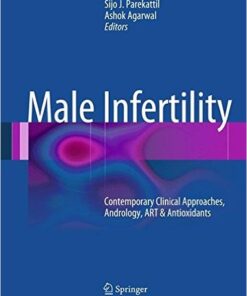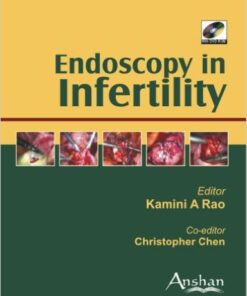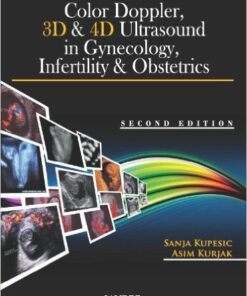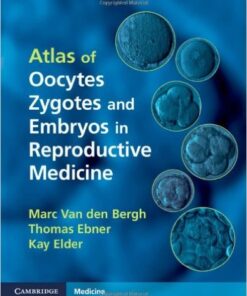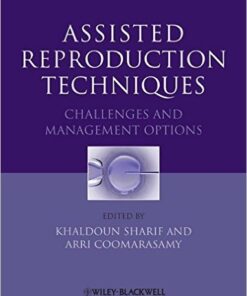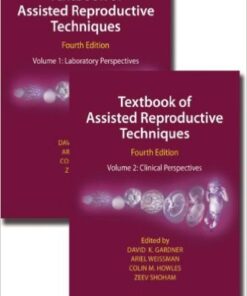INFERTILITY & ASSISTED REPRODUCTIVE TECHNIQUES
In Vitro Fertilization: A Comprehensive Guide 2012th Edition
INFERTILITY & ASSISTED REPRODUCTIVE TECHNIQUES
Male Infertility: Contemporary Clinical Approaches, Andrology, ART & Antioxidants 2012th Edition
INFERTILITY & ASSISTED REPRODUCTIVE TECHNIQUES
INFERTILITY & ASSISTED REPRODUCTIVE TECHNIQUES
Microsurgery for Fertility Specialists: A Practical Text 2013th Edition
INFERTILITY & ASSISTED REPRODUCTIVE TECHNIQUES
Color Doppler, 3D and 4D Ultrasound in Gynecology, Infertility and Obstetrics 2nd Edition
INFERTILITY & ASSISTED REPRODUCTIVE TECHNIQUES
Atlas of Oocytes, Zygotes and Embryos in Reproductive Medicine 1 Edition
INFERTILITY & ASSISTED REPRODUCTIVE TECHNIQUES
Assisted Reproduction Techniques: Challenges and Management Options 1st Edition
INFERTILITY & ASSISTED REPRODUCTIVE TECHNIQUES
Textbook of Assisted Reproductive Techniques, Fourth Edition (Two Volume Set) 4th Edition
INFERTILITY & ASSISTED REPRODUCTIVE TECHNIQUES
Clinical Gynecologic Endocrinology and Infertility Eighth Edition
Causes of Infertility: Infertility can be caused by various factors such as age, hormonal imbalances, genetic disorders, lifestyle choices, and medical conditions like Polycystic Ovary Syndrome (PCOS) or endometriosis. It can affect both men and women, and sometimes the cause remains unknown.
Assisted Reproductive Techniques: ART includes several procedures designed to help couples conceive, such as In Vitro Fertilization (IVF), Intracytoplasmic Sperm Injection (ICSI), and Gamete Intrafallopian Transfer (GIFT). These procedures involve collecting eggs and sperm, fertilizing them in a laboratory, and transferring them into the uterus.
IVF: In vitro fertilization is the most common ART procedure. It involves fertilizing an egg with sperm in a laboratory and transferring the resulting embryo into the uterus. IVF has a high success rate, especially for women under 35 years old.
ICSI: Intracytoplasmic Sperm Injection involves injecting a single sperm directly into the egg in the laboratory. It is often recommended for couples with male fertility issues.
GIFT: Gamete Intrafallopian Transfer involves collecting eggs and sperm, mixing them together, and transferring them into the fallopian tube where fertilization can occur naturally. It is less common than IVF or ICSI.
Success Rates: The success rates of ART vary depending on several factors, including the age of the woman, the cause of infertility, and the type of procedure used. On average, the success rate for IVF is around 40% for women under 35 years old, while the success rate for ICSI is around 60% for couples with male fertility issues.
Conclusion: Infertility can be a challenging and emotional experience, but ART provides hope for couples struggling to conceive. By understanding the different types of ART and their success rates, couples can make informed decisions about their options. With the right support and medical care, many couples can overcome infertility and start their journey to parenthood.


